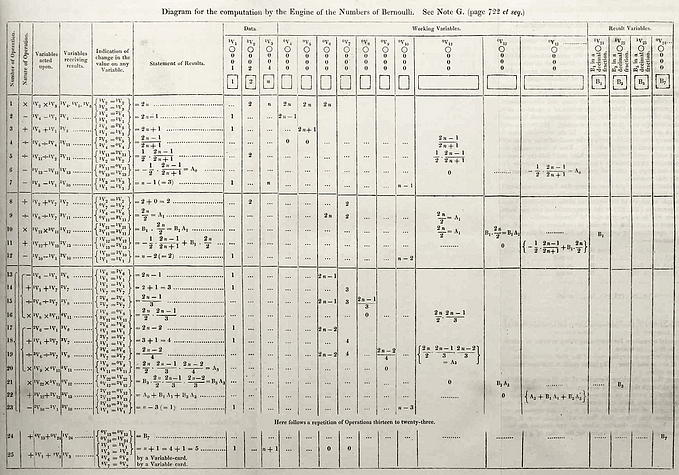What do the Crusades have to do with the Municipal Corporation building in Mumbai or the National Cathedral in Washington DC?


I need to clarify the following before I get into the discussion on the linkage between the Christian Crusades and the two relatively modern but iconic buildings far away from Europe where the Crusades started. I need to first mention what is common between the two buildings. This is known to students of the history of architecture or perhaps even to those who dabble in this topic out of curiosity, like me. Both of these buildings have significant elements of what is called Gothic architecture. One prominent marker of Gothic architecture is the pointed arches that allow the buildings to have tall windows with more light drawn inside the buildings. Even though the two buildings are far away from Europe on the opposite sides, for historical reasons, they are of Western or European architectural design.
You may also wonder about my particular choice of these two buildings when there are so many other buildings all over the world as part of the European colonial legacy. To begin with, both buildings were built in a relatively new time period. The Municipal Corporation building foundation stone was laid in 1884. The construction of the National Cathedral began in 1907. Compare these dates for both of these buildings to the period when Gothic architecture first dominated Europe between mid 12th and 16th centuries. This means that even though the Gothic architecture was eventually replaced by other forms, it was still followed until a relatively recent period, albeit termed slightly different as the Gothic Revival Architecture. The second reason for these examples is to highlight that Gothic architecture was not meant to be just for religious buildings but was also used for buildings with secular civic purposes. Wait! Did I mention the most important reason that the two buildings are in the two cities that I have lived in most of my life?
Even though I have had some familiarity with Gothic architecture, I always wondered about why it was called Gothic. After all, Goths and Visigoths were Germanic tribes, who the Romans thought were barbaric. They looted and destroyed much of what was Roman, in the fifth century. Could they have innovated this style of architecture? If so, why did this architectural style come on the scene in Europe in mid 12th century, centuries after the arrival of the Goths in Europe?
Recently I stumbled upon answers to my questions. It turns out that the name Gothic architecture had very little to do with the Goths themselves. This name was used for this style of architecture in the Renaissance period in and after the 14th century. It was supposed to be a derogatory term to differentiate the Gothic style from the Greco-Roman classical style until the fall of Rome or the Romanesque style that prevailed from around the 6th through the 11th century. After all, the Goths were the people who had destroyed the earlier Roman classical period buildings and therefore probably thought to be a good surrogate source for something that was thought to be the continuation of the dark and medieval ages in Europe.
But still this does not explain the wide gap between the fifth and the twelfth century for the architecture to emerge, as I mentioned above. Also, if the Gothic architecture has very little to do with the Goths themselves, then what influenced this architectural style? The answers to this question to some extent link back to the question that I started with. What do the Christian Crusades have to do with the Gothic architecture?
Certainly, the Romanesque style that preceded the Gothic style in Europe had an influence on the Gothic style. However, art historians also tell us that Gothic architecture was influenced by different architectural styles due to different cultural contacts during that period.
One of the events triggering different cultural contacts was the Christian Crusades launched from 1095 onwards. Instigated by the Western Latin Church in Rome, the purpose of these Crusades was to recapture the Holy Land around Jerusalem and the surrounding area. One of the Crusades even triggered the sacking and looting of the Eastern Greco-Roman Byzantine Constantinople (current Istanbul). As part of the Crusades, Crusaders came in contact with the Islamic civilization in the Middle East and the Byzantine civilization. In addition to the Crusades, the Islamic Moors had ruled in the Iberian peninsula since the 8th century and were gradually being pushed back, resulting in the contacts with that civilization. Some historians therefore think that as a result of these events, Gothic architecture also was also influenced by Islamic Saracene architecture.
Apart from getting clarity on the name for the architecture, I have also realized that this is another example of what I find as one of the recurring themes in my vocational research and travels. I have written earlier that the proliferation of ideas and knowledge didn’t necessarily stop at the artificial geopolitical or religious boundaries, but they were the result of contacts and interactions. This is true for the knowledge of science, mathematics, political philosophy and also in this case, architecture.
Certainly, this blog is not about an absurd plea to call for a name change with a different more relevant name. Name-change jobs are already claimed by various politicians in the world for their own noble reasons. But I felt that it is worth writing this blog since it goes with what I have experienced and felt. Knowledge development is a cumulative endeavor and journey of all of Humanity taken together.
The photos are downloaded from the respective Wikipedia articles of both buildings.







